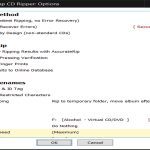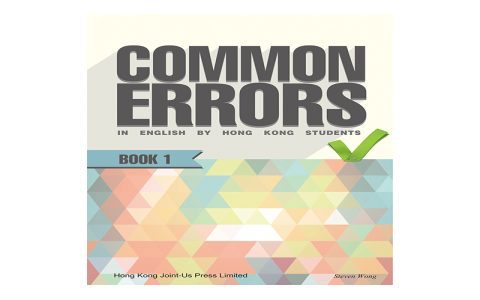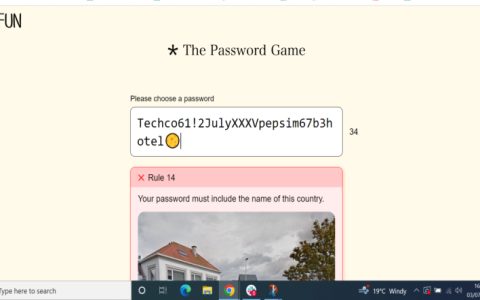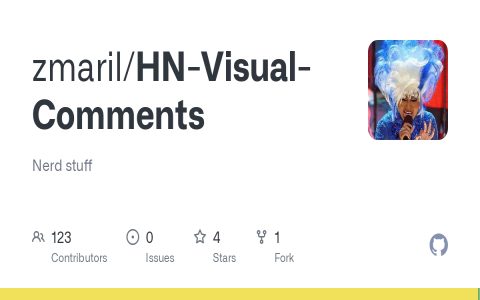Confusion around "Text GM" stems from its ambiguous shorthand nature, meaning either "Text Generative Model" or "Text Graph Model". Here's a clear breakdown and its real-world relevance.
Demystifying Text GM Meaning
Primary Meanings:
- Text Generative Model (Most Common): Refers to AI systems trained on massive amounts of text data to understand, mimic, and generate human-like language. Examples include Large Language Models (LLMs) like GPT-series or BERT. They predict and create new text sequences.
- Text Graph Model: Relates to techniques representing text elements (words, entities) and their relationships as nodes and edges within a graph structure. Used for tasks requiring understanding of semantic or syntactic relationships within text.
Core Real-World Applications
Text Generative Model Uses:

- Conversational AI: Powering advanced chatbots and virtual assistants capable of nuanced dialogue and question answering.
- Content Creation & Augmentation: Drafting marketing copy, summarizing articles, brainstorming ideas, writing code snippets.
- Language Translation: Enabling more fluent and contextually accurate real-time translation systems.
- Text Summarization: Generating concise summaries of lengthy documents or research papers.
- Personalized Experiences: Tailoring content recommendations or generating user-specific reports and responses.
Text Graph Model Uses:
- Knowledge Graph Construction: Extracting entities and relationships from text to build structured knowledge bases.
- Advanced Information Retrieval: Improving search relevance by understanding semantic connections between query terms and documents.
- Fraud Detection & Cybersecurity: Analyzing patterns in communication (e.g., phishing emails, transaction logs) represented as graphs to identify malicious networks.
- Semantic Search & Recommendations: Finding content not just by keyword matching but by deeper semantic similarity captured in the graph.
- Network Analysis: Modeling information flow, influence, or dependencies within textual communication networks (e.g., social media analysis).
Key Takeaway
Text GM typically implies Text Generative Models dominating modern NLP applications. Their ability to understand and generate human language drives innovation in automation and interaction. Text Graph Models provide a powerful complementary approach for tasks demanding explicit relationship mapping and inference.











